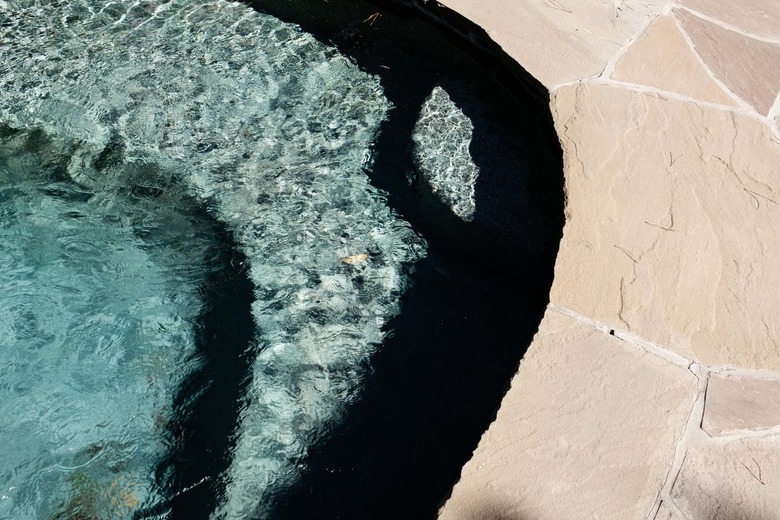How To Dispose Of Pool Filtration Sand: A DIY Guide
We may receive a commission on purchases made from links.
Some pool owners leave the sand in their filter indefinitely and rely on the backwash process to keep it clean, but they are the exception. Ideally, a swimming pool owner should learn how to dispose of pool filtration sand, as filter manufacturers and pool maintenance pros recommend that you change your pool filter sand every five years to ensure you get the maximum performance from the filtration system.
Filters for in-ground pools often hold 300 to 500 or more pounds of sand, which is a lot to cart to an approved disposal site or landfill. Because the filter has to be changed so infrequently, it's fairly easy to find ways to reuse the old sand around the house and save yourself this trouble. Just don't use it in sandboxes or other areas in which children or pets might play.
Reuse Pool Sand for Landscaping
Reuse Pool Sand for Landscaping
The granules in pool sand are less than a millimeter in diameter and may be much smaller. This fine mixture makes this type of sand a great underlayment option for paving stone walkways as well as filler between the stones. You can also use it to fill holes in the lawn or garden or to spread on the surface of existing dirt pathways. None of these applications exposes you to the possibility of inhaling silica dust or pool chemicals and contaminants, making this one of the best options when it comes to pool filtration sand disposal.
Save Pool Sand for the Winter
Save Pool Sand for the Winter
The average in-ground pool filter contains several hundred pounds of sand, with the amount of sand increasing based on the size of the pool filter. Even a smaller-size filter should have enough to keep your walkways and steps slip-resistant for one or two winters. If you live somewhere with icy or snowy winters, simply store the sand in covered 5-gallon buckets until the weather drops below freezing, then sprinkle it on your driveway, steps, and other walkways to add grip.
Bury Your Old Pool Filtration Sand in Your Yard
Bury Your Old Pool Filtration Sand in Your Yard
Because of the contaminants it contains, pool sand should never be left in a pile in the yard. If you can't find a use for it around the house and you don't want to truck it to a disposal site, the best way to deal with it is to dig a hole in the yard or garden and bury it. If you choose this option, be sure you locate it far from drainage areas because flowing water will wash the fine sand particles into the ground, and the soil covering the hole will collapse, leaving a depression that you'll have to cover with more topsoil.
Can I Put My Old Pool Filtration Sand in a Sandbox?
Can I Put My Old Pool Filtration Sand in a Sandbox?
One problem with using pool sand as play sand in play areas is the danger from the contaminants that the pool filter media has collected from the hot tub or pool water. They could pose a health risk.
Another problem is the composition of the sand itself. Unlike beach sand and safe play sand, pool sand primarily consists of crushed silica quartz. The dust from silica sand is a Category 1A carcinogen that can cause a fatal lung condition called silicosis. This is obviously not something want your children to play in, which is why you should always buy new sand approved for playground use when you need to fill a play area. Old pool filter sand also is not safe for pets and is not a good choice of fillers for cat litter boxes.
Tip
It isn't a good idea to incorporate used pool filter sand into a concrete or mortar mix because filter sand is too fine and can result in a weak mix.
